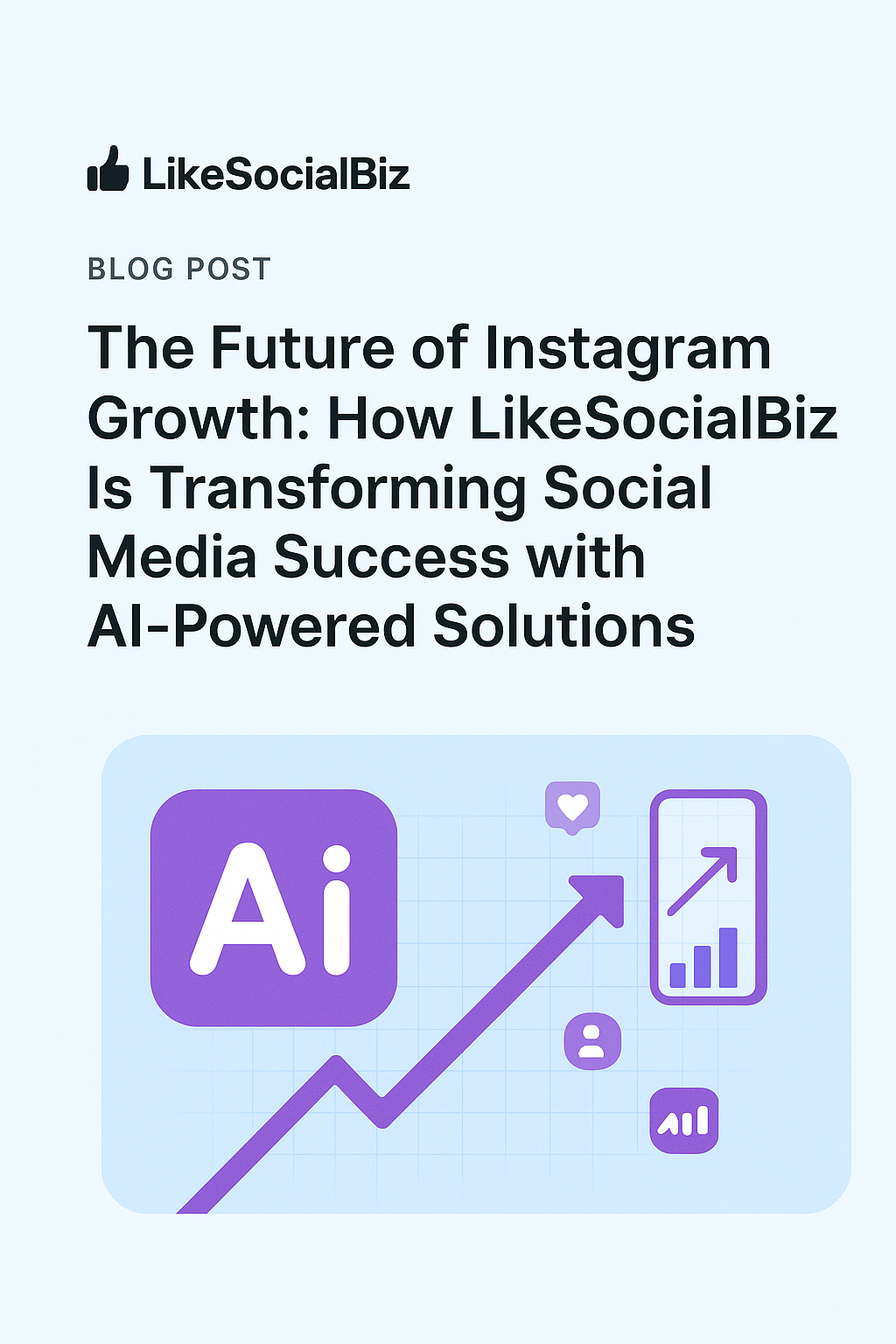(This Blog is Based on the Book “Digital Marketing for Dummies”)
How to choose the right website for your business:
There are many possibilities and types of websites. Maybe you can think that the
problem is precisely that, that there are too many options to choose from, but in reality this is
positive! The work to generate an attractive and effective web page, according to your interests, happens for correctly valuing diverse perspectives. For this, we recommend that you read carefully the following points:
1. Define the Starting Point.
What do you want the web for? What budget do you have? Would you like to update it from time to time? How do you want the user experience to be? In how many Languages? What other examples do you find suggestive?
Ask yourself these and any other questions that you imagine before you start, create a web map, define all the characteristics well and then -only then— start looking for a developer who can help you. This phase is of vital importance because you can narrow the field of development and at the same time look for a suitable specialist.
2. Mobile First and Design.
How do you want the interaction of your website and how would you like it to look on a mobile device? According to global statistics, mobile traffic has long exceeded computer traffic.
The usual style of web design is responsive mode, that is: first you develop the web for computers and then adapts the design to other devices. You can opt for mobile first, putting mobile access first!
3. Manage your Content.
The possibilities of mounting the design of your web page on a panel of already marketed content management systems are surely many in most web developments: WordPress, Joomla, PrestaShop, Magento, etc. There will always be developers to help you propose a CMS created specifically for you, with some additional customization option, security, etc. Whatever you decide, keep in mind that “you can update your content when you want” is something that should no longer be negotiable.
4. Think of Google.
Search Engine Optimization – and specifically the most used, Google— it is vital for your website (how you want to appear, in what terms, etc.). A good organic positioning, one that is not paid to Google, depends on techniques both in and off your site. With regards to your website; a dynamic part, like a blog or a news section – will help positioning, because Google will see new content when it happens. Incorporate all the SEO strategies you can and as your natural positioning advances, consider Google AdWords!

5. Think About the User.
Your website must be designed for the user. Always remember this! It is important that you think about it and perform the necessary comparisons and tests so that the user’s experience is as you had imagined. The three facets that you should consider in your web development are: User Interface (UI or Interface Design), User Experience (UX or User Experience), and Interaction Design (IxD or Interaction Design).
6. Make your Visits Loyal.
One you get visitors to your website, you must pursue that they come back! That is, to retain your visitors. There are many ways to do this, although it is clear that the essential part is the user experience when they visit your site. What they find in your site and the usefulness of it. It is a must that you define a strategy from the beginning for capturing your data: if you are a store, offer a discount on the first purchase in exchange for their email. If you are an informative or corporate portal, offer an exclusive document of value for subscribing to your newsletter.
7. Add Engaging Content.
If the content you offer is not interesting, users will not be returning to your site. Whatever the objective of your website is, it is important that there is specific content of interest to your visitors. This will attract users, and make them want to return. This will improve your organic positioning, because Google will index it in searches where it makes sense to reference you.
8. Let them Share It.
Install widgets or add-ons that allow you to distribute and amplify your content in the users’ social networks, by email, or others. Anyone who visits your website can share content anyway, but if you provide it in a clear and simple way, they will definitely do it!




